Enter a surname, town name or other keyword to search the database. Remember to
allow for the different spellings of 'Mc' and 'Mac.' Good luck!
{Search tips: Use single word search terms for more results}
You must enter some valid character(s) into the search field
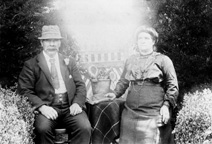
Reference: 877
Copy for Mrs Robertson, Old ...
|
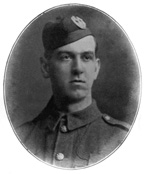
Reference: 27563c
Corporal James Dalgleish Pollo...
|
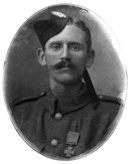
Reference: 27563b
Private Ross Tollerton, Ist Ba...
|
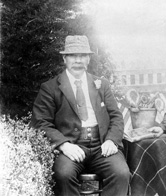
Reference: 838
Copy for Mrs Robertson, Old Ed...
|
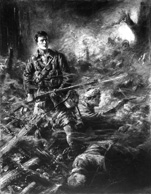
Reference: 432
Major Borradaile, (or Borrowda...
|
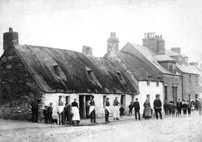
Reference: H-0064
Thatched cottages in Tomnahuri...
|
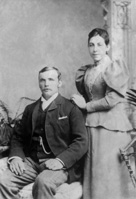
Reference: 25976
Mackenzie, couple from Aultuar...
|
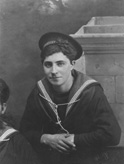
Reference: 672a
Murray - copies made in August...
| |